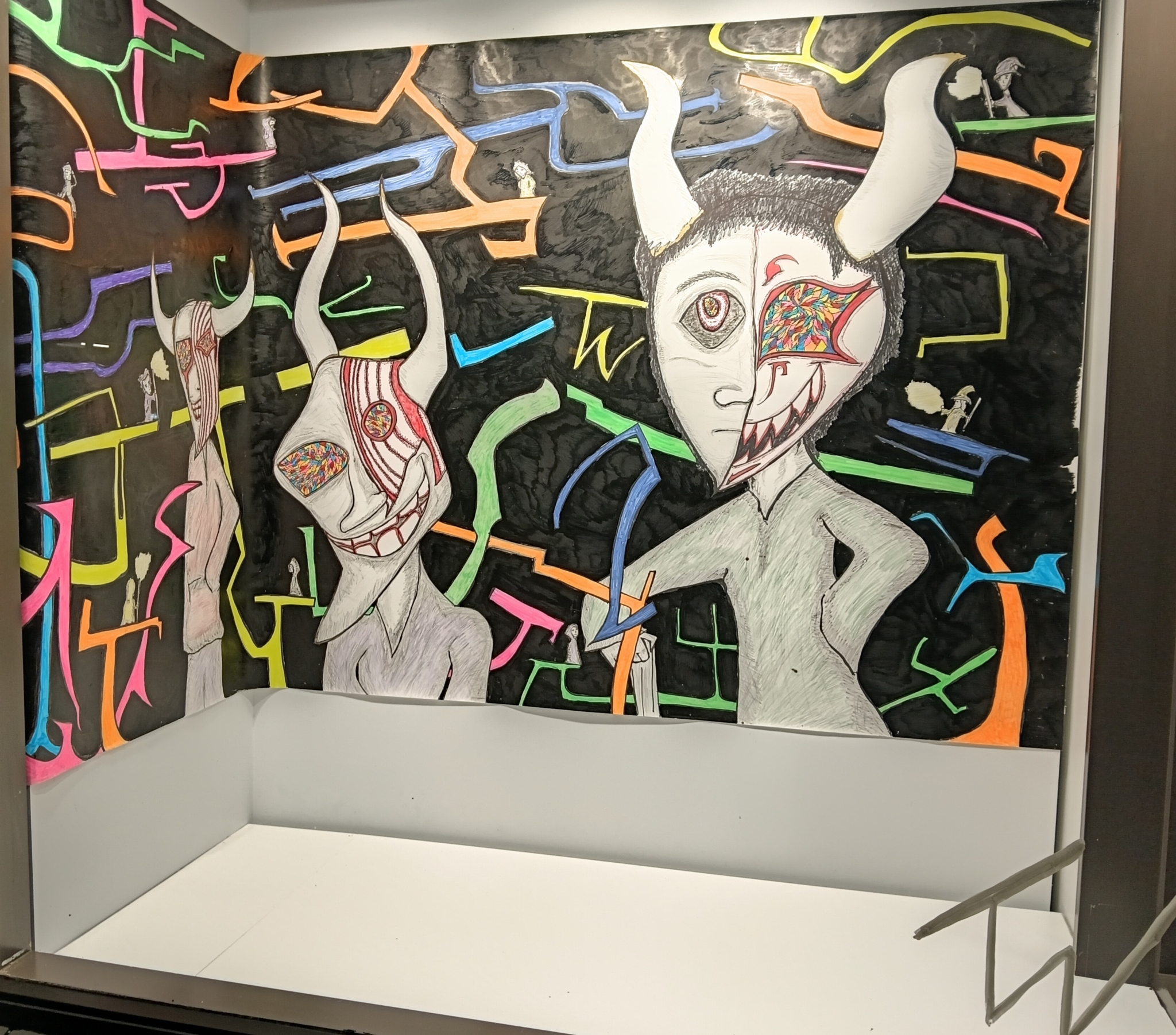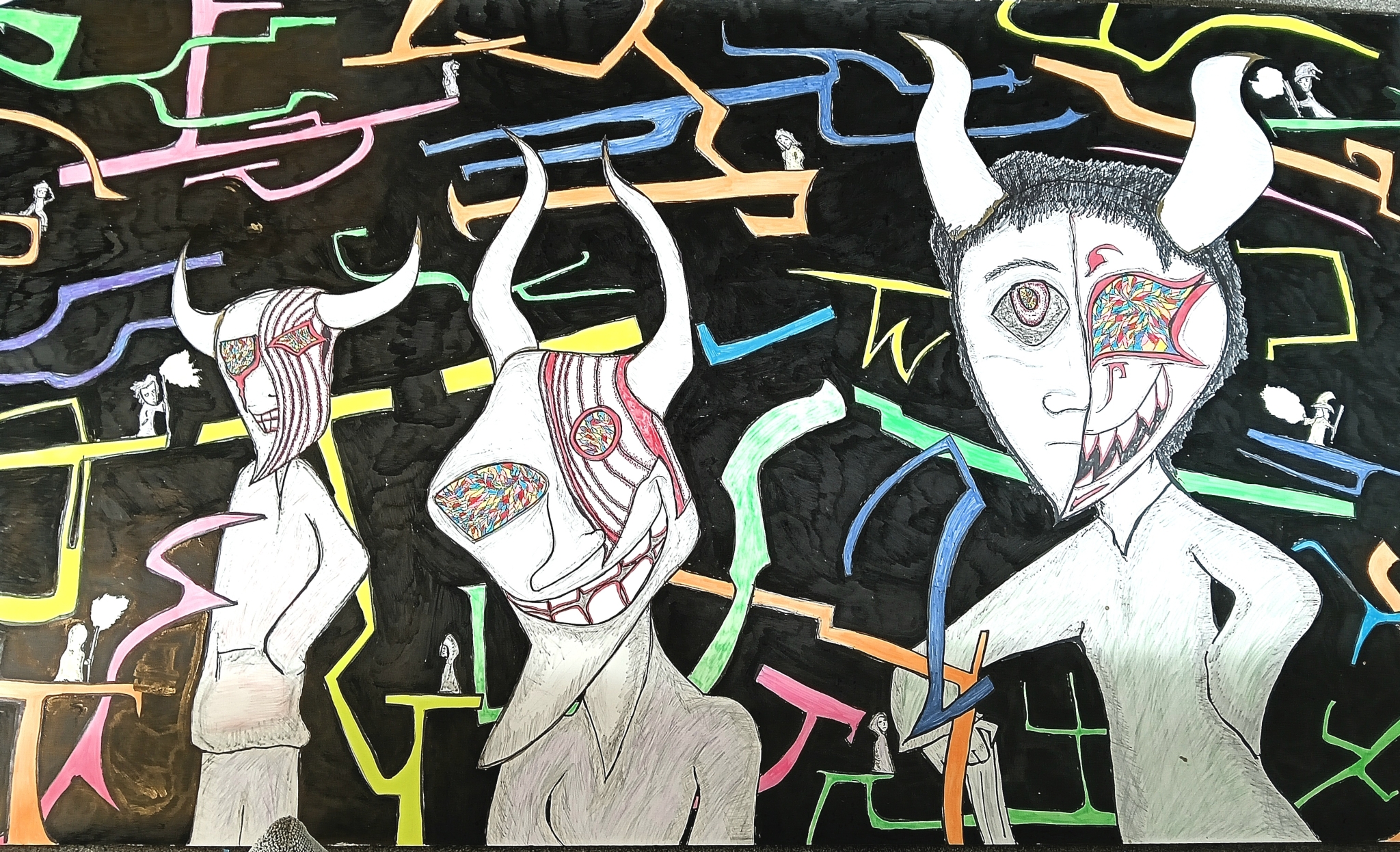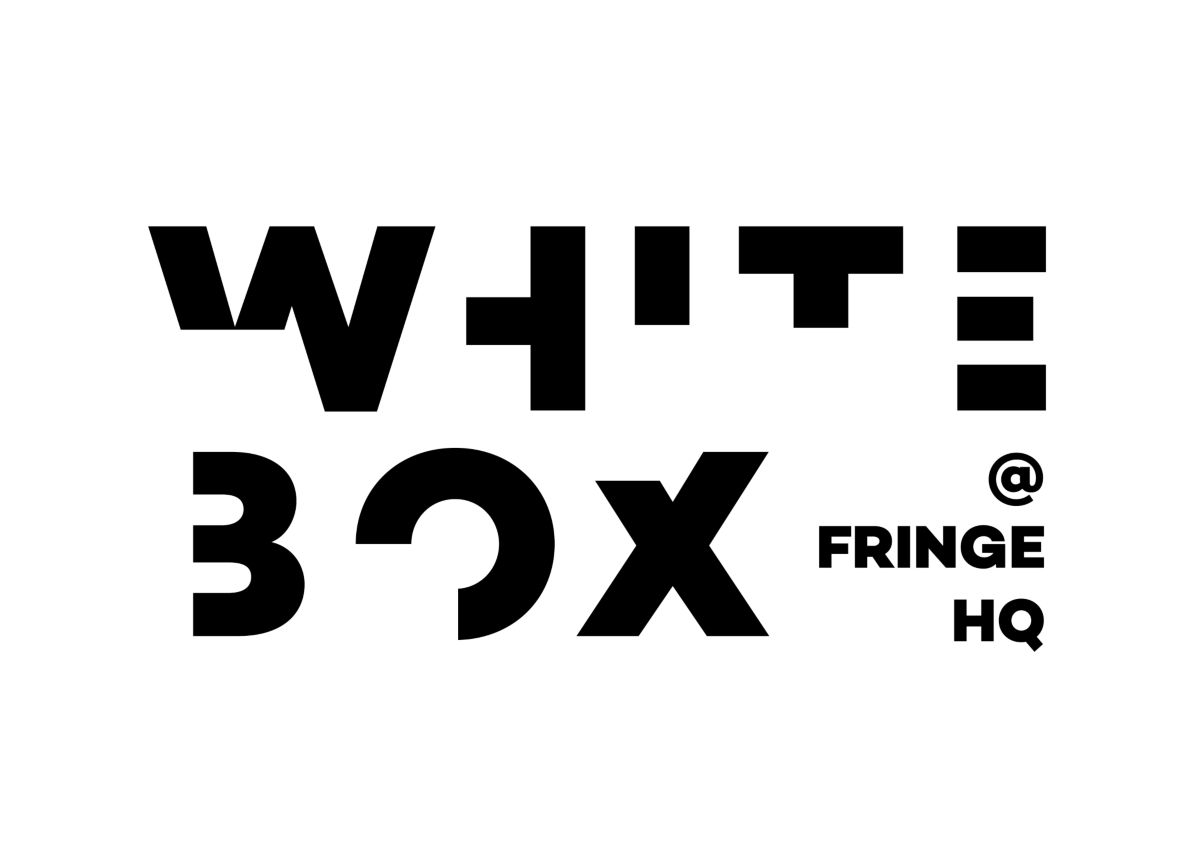Current
15 December - 16 January 2026
Tyler Wright: People, Paths and Demons

The beams represent the paths people take through life – each person's is different. The masked, horned demons represent the struggles and hardships people come across on their journey.
This artwork incorporates a wide range of tools I have worked with in the last year's process of learning art into one picture.
Materials: Vivid, Pencil, Highlighter, Paint Pen and Indian Ink


White Box
About Us
Dunedin Fringe envisions a city ignited by creativity, where all people embrace art, culture and creativity into their daily lives.
We have a mission to provide platforms for creative expression that help nurture communities. We have a special focus on supporting emerging artists, and the development of new and experimental work.
We produce the Dunedin Fringe Festival, Amped Music Project and New Zealand Young Writers Festival annually, curate the White Box Gallery, and manage the performing arts venue Te Whare o Rukutia.
Useful Links
Our Contacts
Dunedin Fringe Arts Trust
19 George Street,
Dunedin 9016,
Aotearoa New Zealand
03 477 3350

